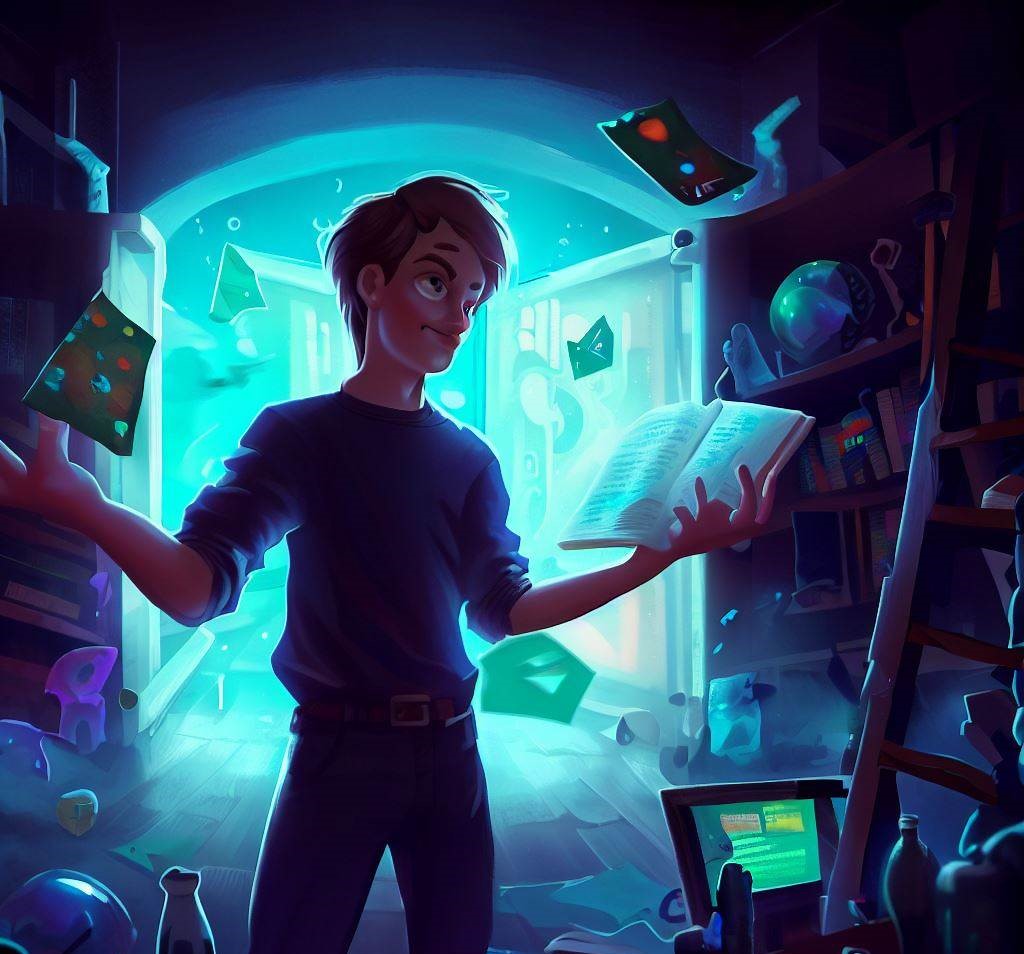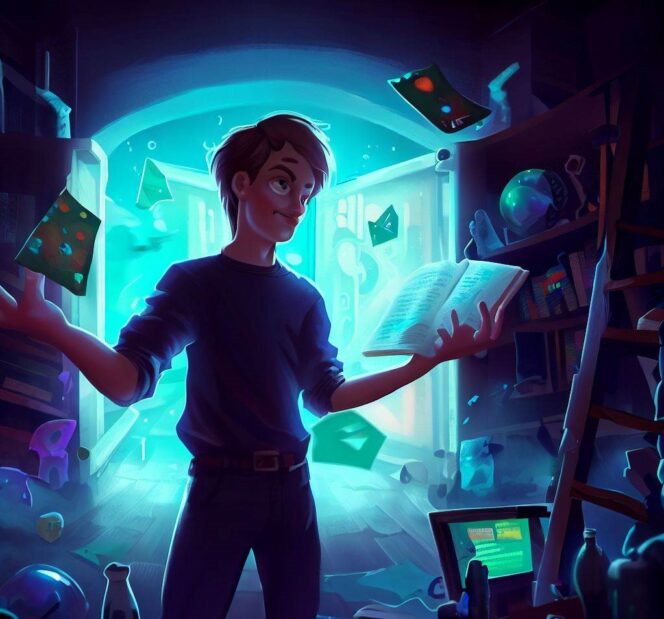How Games are Brought to Life
Page to Screen: How Games are Brought to Life? Video games have come a long way since they first appeared in arcades and on home consoles in the early 1970s. Today, games are more immersive, realistic, and interactive than ever before. But how do these games come to life?

The Process
The process of bringing a video game from page to screen can be long and complex. It typically begins with a creative team that comes up with the game’s concept, story, and characters. Once the basic ideas are in place, the team will begin to develop a prototype, which is a rough version of the game that can be used to test gameplay and mechanics.
Once the prototype is complete, the game enters the production phase. This is where the game’s art assets, music, and sound effects are created. The game’s code is also written during this phase.
The production phase can be very time-consuming, as it involves creating a vast amount of content. However, it is also the most exciting phase, as it is when the game begins to take shape.
Once the game is complete, it is then tested by a team of QA testers. The testers play the game from start to finish and look for any bugs or glitches. Once the game has been thoroughly tested, it is then released to the public.
The process of bringing a video game from page to screen is a challenging but rewarding one. It requires a team of talented and dedicated individuals who are passionate about creating games that people will enjoy.
Here are some of the key steps involved in bringing a video game from page to screen:
- Concept development: The first step is to come up with the game’s concept, story, and characters. This is where the creative team will brainstorm ideas and come up with a vision for the game.
- Prototyping: Once the basic ideas are in place, the team will begin to develop a prototype, which is a rough version of the game that can be used to test gameplay and mechanics. This is a crucial step in the development process, as it allows the team to get feedback on the game and make changes before it is fully developed.
- Production: The production phase is where the game’s art assets, music, and sound effects are created. The game’s code is also written during this phase. This is the phase where the game really starts to come to life.
- Testing: Once the game is complete, it is then tested by a team of QA testers. The testers play the game from start to finish and look for any bugs or glitches. This is an important step in ensuring that the game is ready for release.
- Release: Once the game has been thoroughly tested, it is then released to the public. This is the moment that the team has been working towards, and it is a time of great excitement.
The process of bringing a video game from page to screen can be long and complex, but it is also a rewarding one. It requires a team of talented and dedicated individuals who are passionate about creating games that people will enjoy.










No Sign-up. Play Directly.